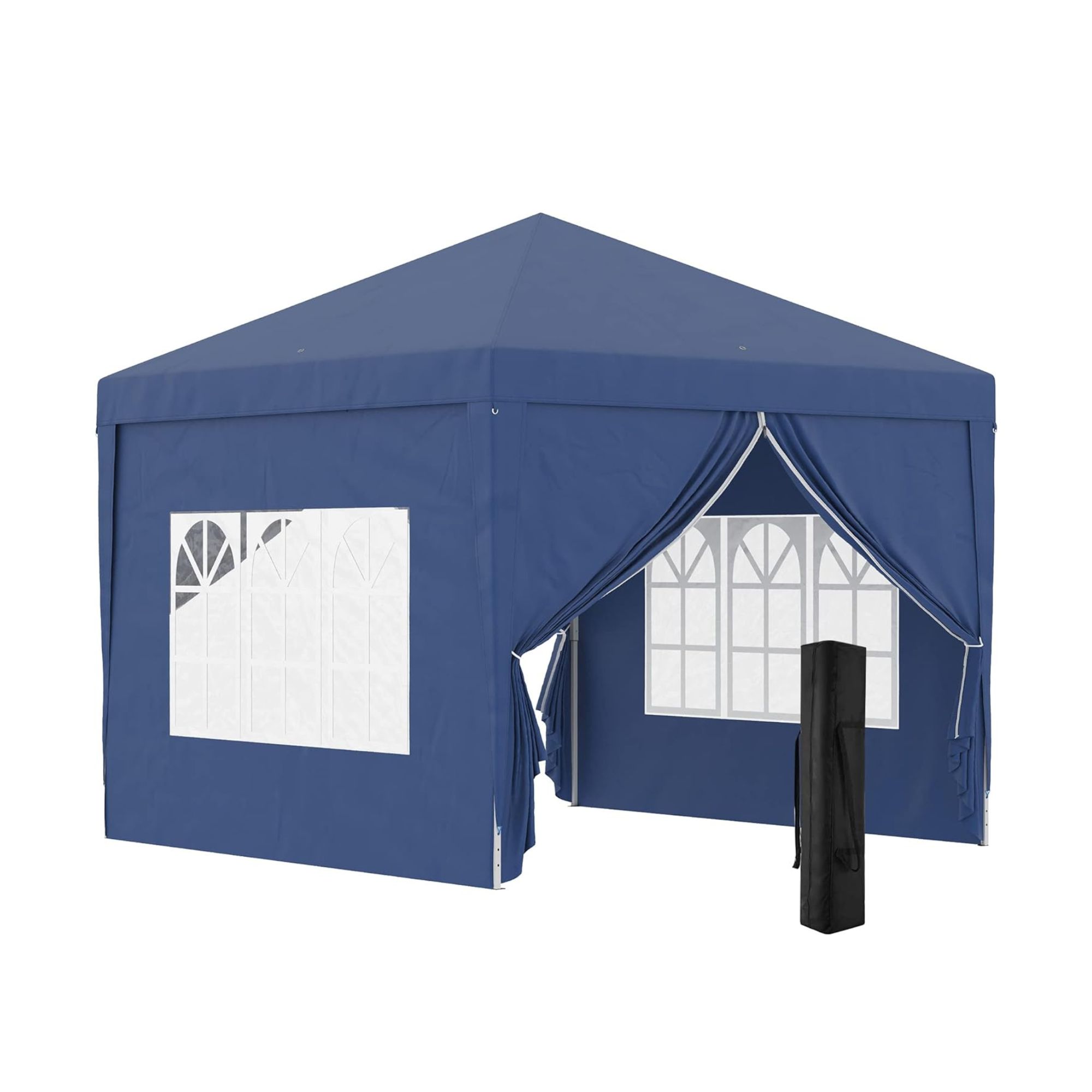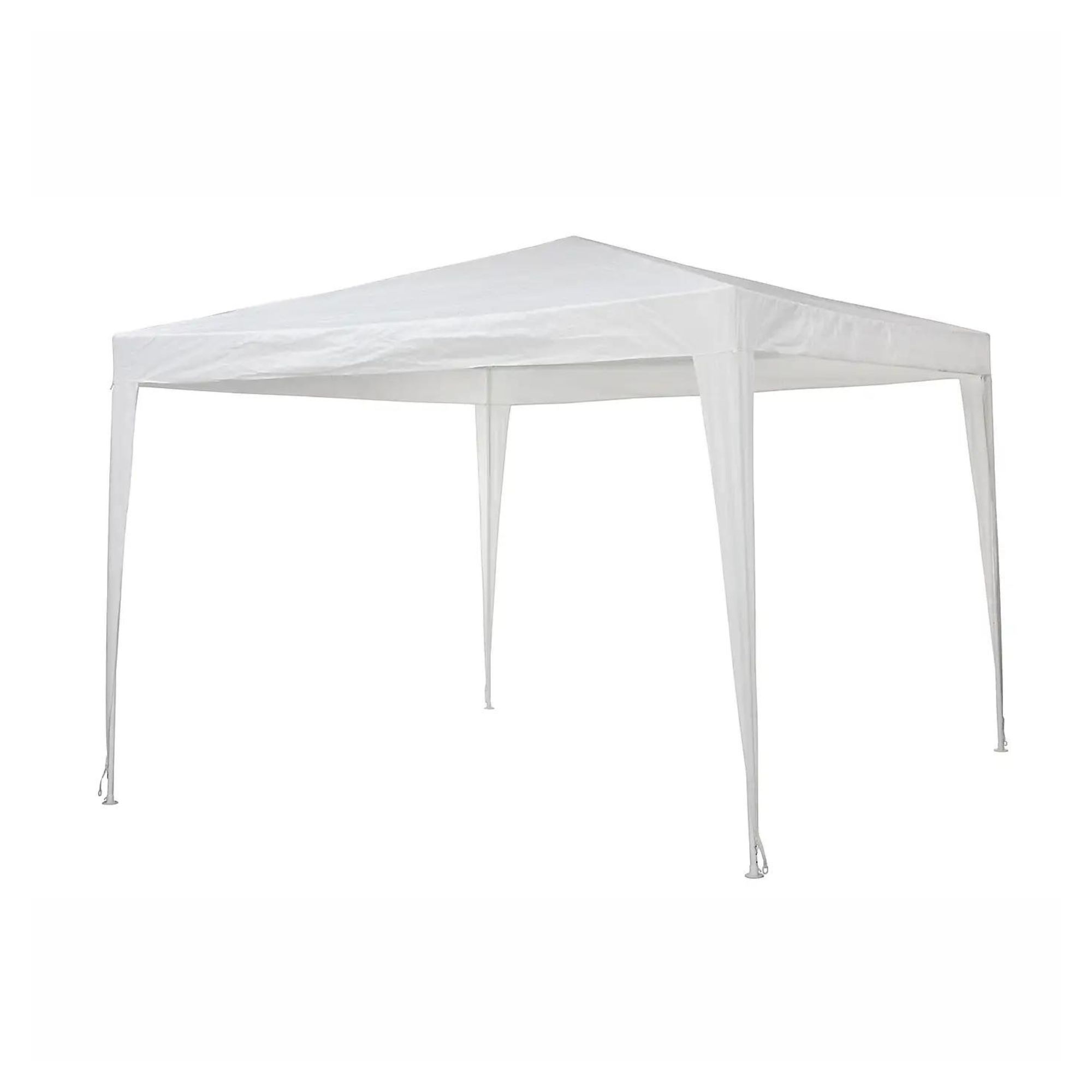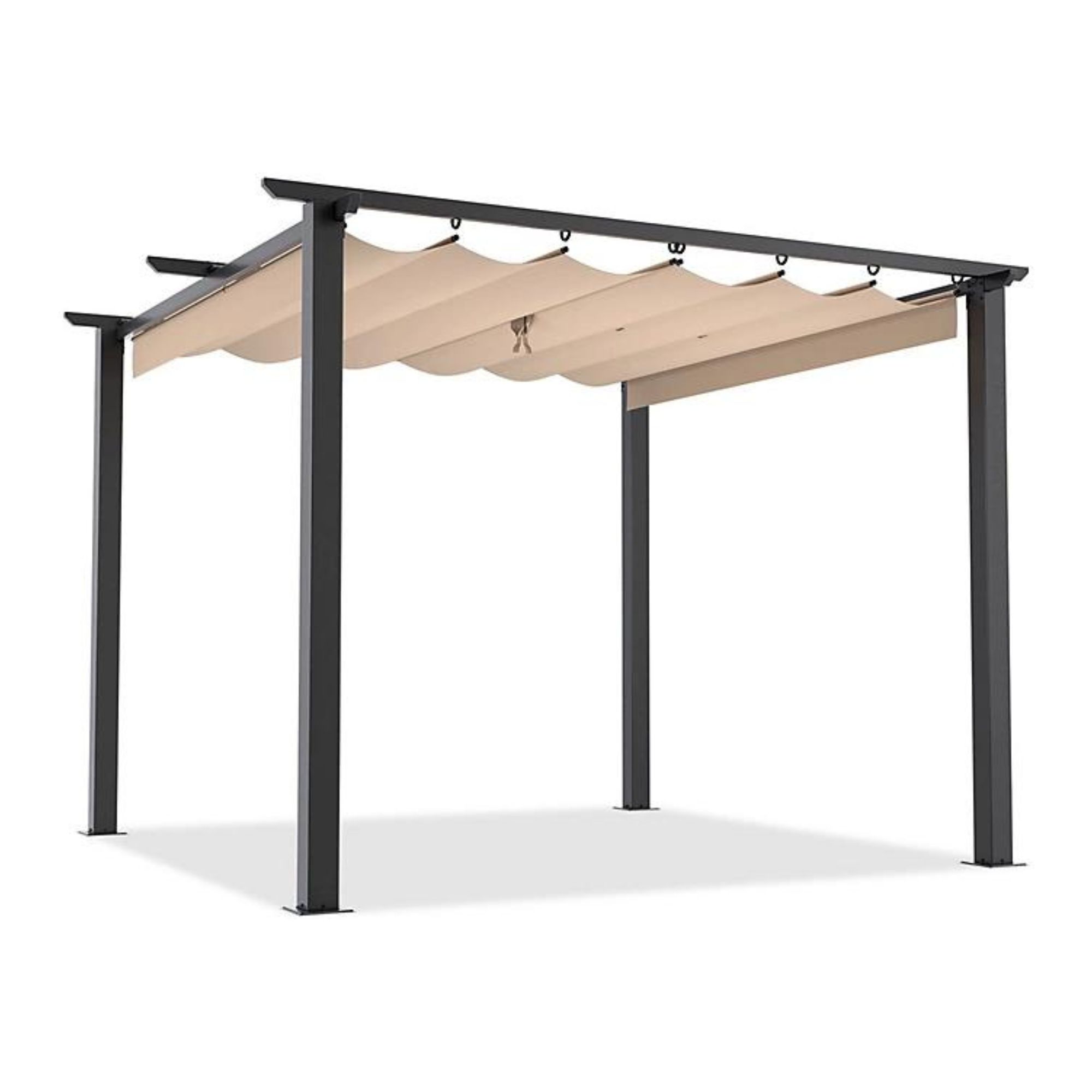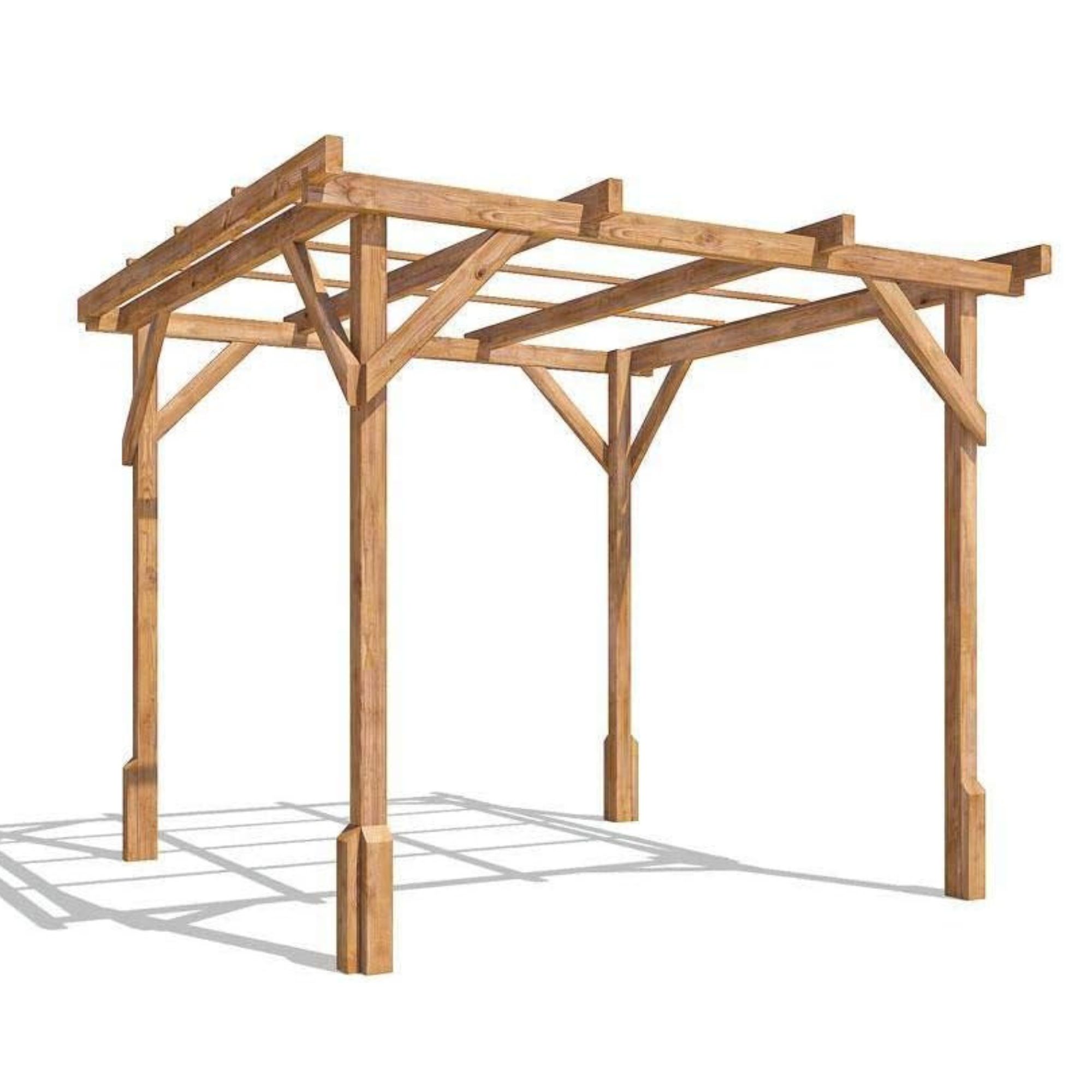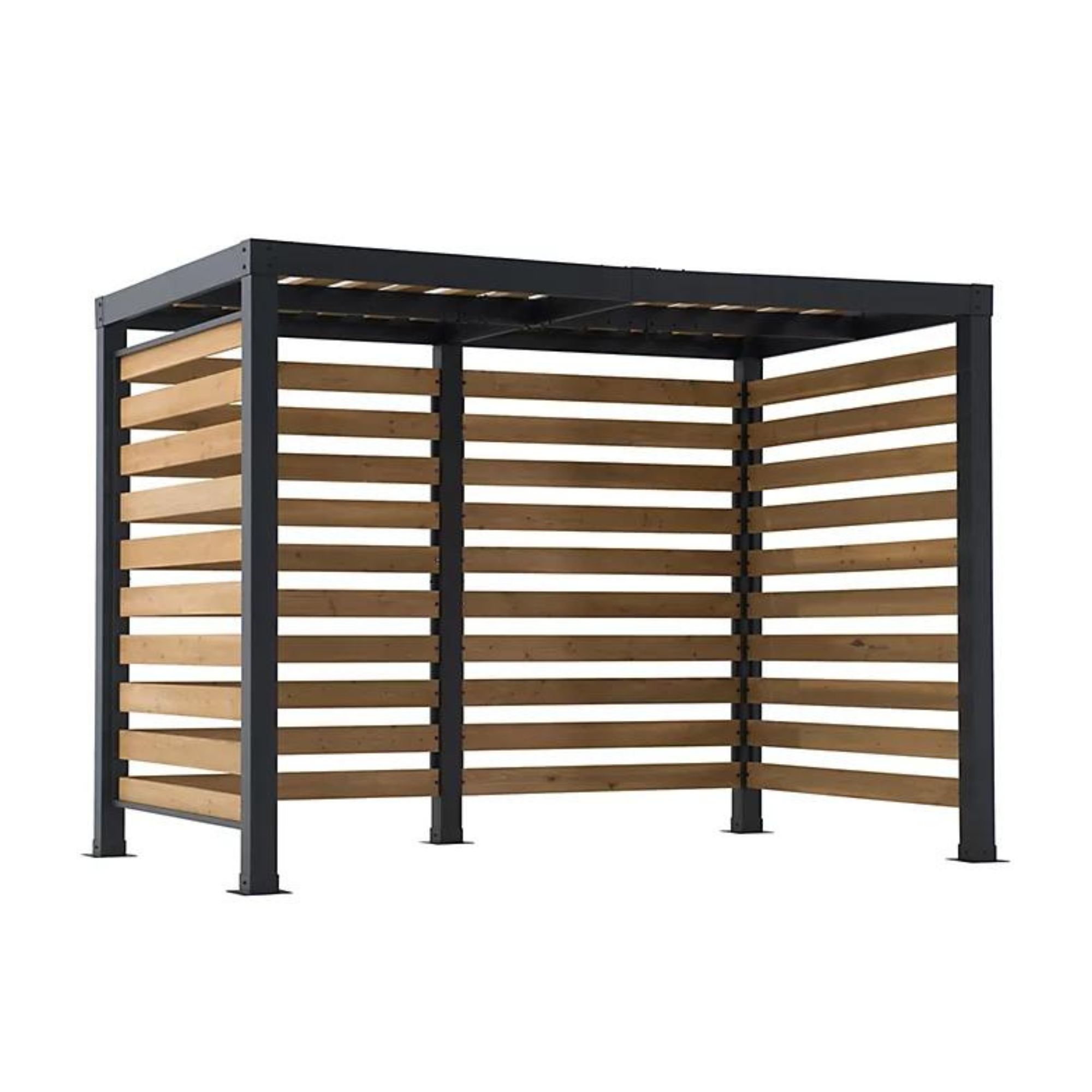What’s the difference between a gazebo and a pergola? We asked the experts
They’re two completely different structures, after all
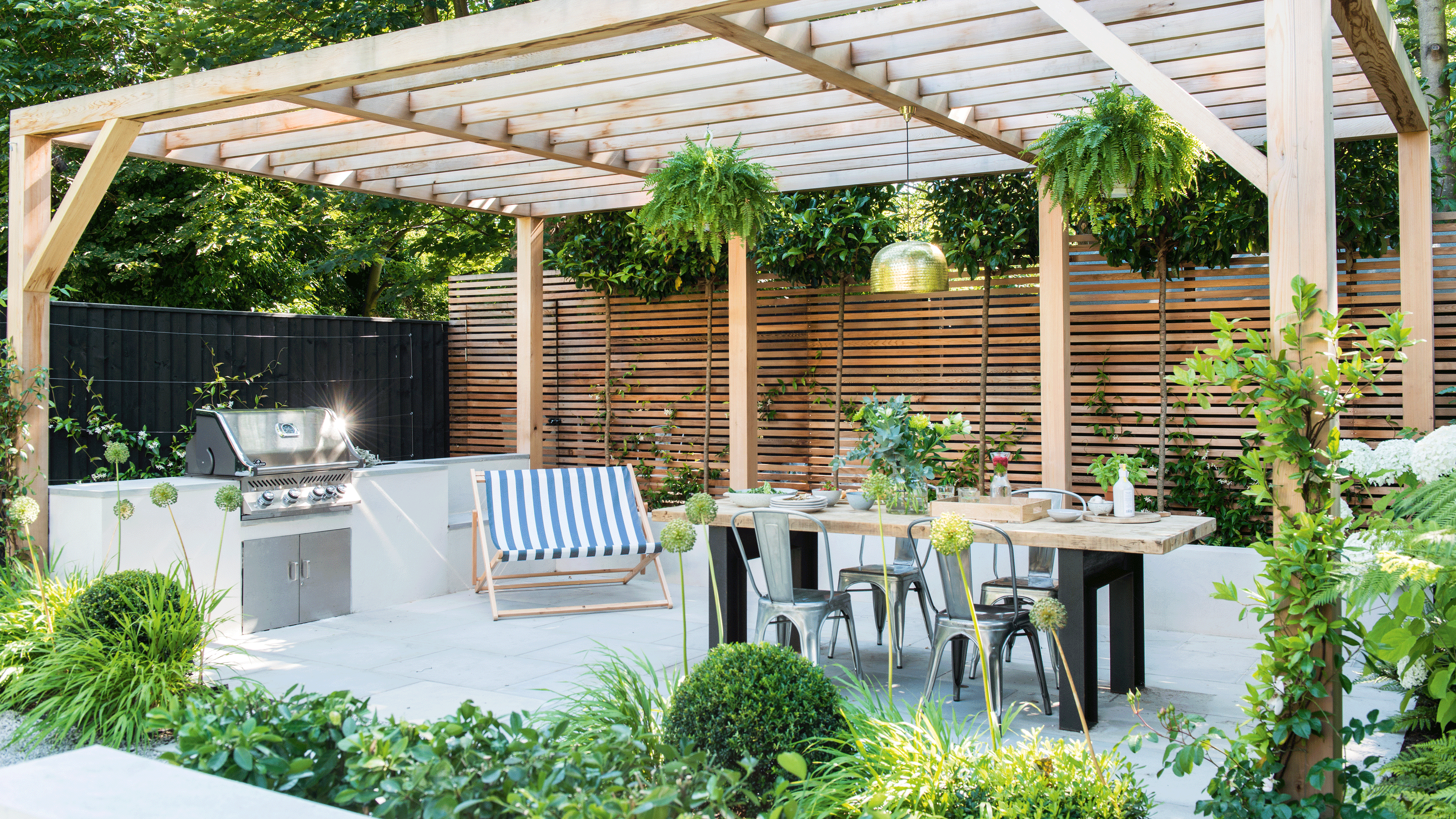

When you want to add a certain je ne sais quoi to your garden, you may turn to upright structures like gazebos and pergolas to add shade, height, and visual intrigue. Both have their perks, but what’s the difference between a gazebo and a pergola… really?
While there are so many amazing pergola ideas and gazebos on offer, it can be hard to distinguish between the two. Many of them are the same height, made of the same materials, have the same four legs and roof structure, and can often look identical. As if that wasn’t enough, they also create the perfect relaxation spot for homeowners to enjoy their gardens.
But before you whip out the credit card and buy a gazebo or pergola, it’s important to understand the difference between them. The last thing you want to do is accidentally buy the wrong one for your outside space, after all.
What’s the difference between a gazebo and a pergola?
While gazebos and pergolas can both make a garden look expensive, there’s no doubt that these two garden additions are very different - despite the fact that they look very similar.
In fact, the key distinguishing feature between a gazebo and a pergola can be seen when you look up. If it has a permanent roof, it’s a gazebo. If it doesn’t, it’s a pergola.
Emily Murison, outdoor living expert at Gates Garden Centre, explains, ‘Typically, gazebos are four-sided structures with a roof canopy, made out of hard-wearing and long-lasting materials such as wood, metal and heavy-duty all-weather fabric.'
‘They help to provide privacy and protection from the elements whilst allowing the garden to be enjoyed, with many coming with curtain sides and plastic viewing windows. Gazebos are also great for occasional and seasonal use, especially if you choose the pop-up variety.’
Get the Ideal Home Newsletter
Sign up to our newsletter for style and decor inspiration, house makeovers, project advice and more.
Because of this, many people buy gazebos to pop up for summer garden parties as they can be moved around the garden at will - no matter whether you want to hide away from a downpour or protect the best garden furniture.
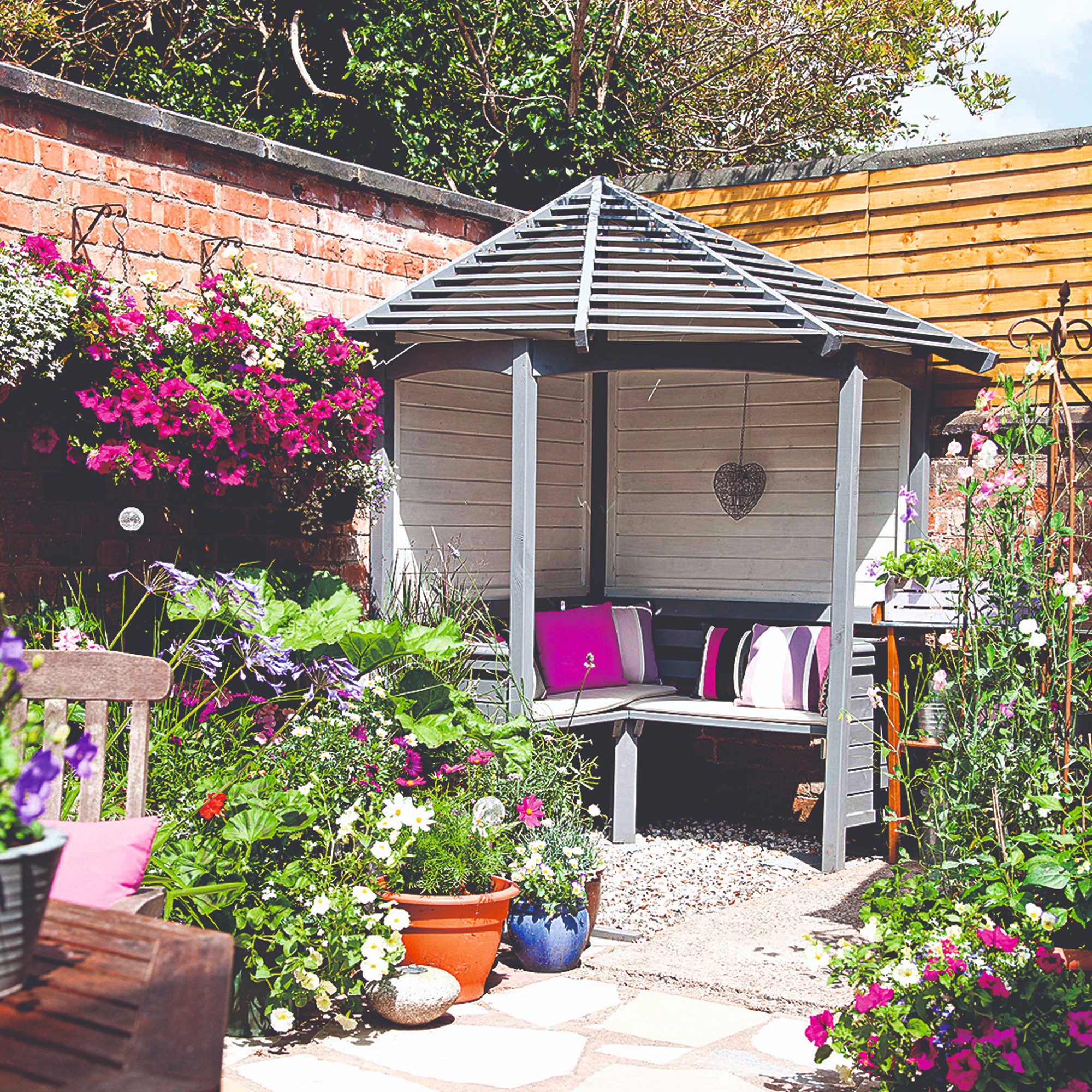
You could even pack up a gazebo with one of the best portable BBQs to take to the beach if you really wanted to.
Then, when you’re done, you can simply pack it away and store it in the shed until you’re ready to use it again. This can be particularly handy for those with smaller gardens.
On the other hand, a pergola is more of a permanent structure. Jenny Davis from Forest Garden explains, ‘Pergolas are like open-air rooms in your garden. They are often open timber structures with upright posts supporting horizontal roof beams above. You can leave it open, grow plants up it to create dappled shade or cover it for full shade.’
‘Pergolas are perfect for framing patios and decking, giving your garden a 'wow' factor, and they can stand alone or be attached to your house.’

Because of this, adding a pergola to your garden requires much more preparation and attention. Although you can simply pop up a gazebo, you need to build a flat base before adding a pergola to your space. This is especially true if you choose to stray away from wood.
Emily says, ‘Traditionally, they are made of wood, but modern metal alternatives are available and very popular for those wishing to create a more contemporary look. We’d recommend choosing a cast aluminium pergola in this case, as it’s strong, sturdy and lightweight for easy assembly, plus it won’t rot or rust.’
And while a pergola doesn’t have a permanent roof, that doesn’t mean that you can’t have any protection from the elements. It’s not hard to find pergolas that come with retractable roofs or roof panels, meaning you can have the coverage of a gazebo with the style of a pergola at the same time.
With this in mind, it probably won’t surprise you to learn that another difference between a gazebo and a pergola is the price. Gazebos are normally much cheaper than pergolas - even if you build your own pergola.
Because of this, it’s best to consider your needs and decide whether a gazebo or a pergola suits you best.
The best gazebos - our top picks
The best pergolas - our top picks
FAQs
Which is better, a pergola or a gazebo?
This ultimately depends on how you plan to use the pergola or gazebo. If you’re looking for a temporary shade or cover that can be moved around your garden, a gazebo will suit you best. Then, when you’re done, you can often take the gazebo apart and store it until you need it again.
If you’re looking for more of a permanent focal point, however, you should opt for a pergola. This permanent structure will provide constant shade or separation for outdoor kitchens, BBQ areas, and lounging areas, and you can even use them as a basis for your gardening exploits.
However, a pergola cannot be moved and is often much more expensive, so it’s a larger commitment.
What is the point of a pergola without roof?
Pergolas are becoming increasingly popular, even though they don’t have a roof. And while they will offer very little in the way of protection from the elements, they’re still an intriguing style choice.
Dave Sadler, Owner of JB Furniture, explains, ‘You can also from time to time see pergolas with no roof at all, these types of pergolas are used in order to define an area or a focal point in your outside space.’
‘Over the last few years, we have seen an explosion in interest for pergolas, most likely exacerbated because of lockdown and everyone trying to increase the amount of extra liveable space in their homes.’
Now you know the difference between a gazebo and a pergola, you can hopefully decide which one is the best option for you and your garden.

Lauren Bradbury has been the Content Editor for the House Manual section since January 2025 but worked with the team as a freelancer for a year and a half before that. She graduated with a Bachelor’s degree in English and Creative Writing from the University of Chichester in 2016. Then, she dipped her toe into the world of content writing, primarily focusing on home content. After years of agency work, she decided to take the plunge and become a full-time freelancer for online publications, including Real Homes and Ideal Home, before taking on this permanent role. Now, she spends her days searching for the best decluttering and cleaning hacks and creating handy how-to guides for homeowners and renters alike, as well as testing vacuums as part of her role as the Ideal Home Certified Expert in Training on Vacuums, having spent over 110 hours testing different vacuum models to date!
-
 Will a conservatory add value to your home and how can you maximise it?
Will a conservatory add value to your home and how can you maximise it?This is what the pros say
By Amy Reeves
-
 I’ve been looking for a new signature scent for my home and The White Company's new fragrance is the exact summer holiday smell I needed
I’ve been looking for a new signature scent for my home and The White Company's new fragrance is the exact summer holiday smell I neededSantorini smells fresh, summery and sophisticated
By Kezia Reynolds
-
 How to remove algae from garden walls in five steps – and the cleaning product experts rave about for tackling it fast
How to remove algae from garden walls in five steps – and the cleaning product experts rave about for tackling it fastExperts share their top tips for getting garden walls algae-free
By Katie Sims
